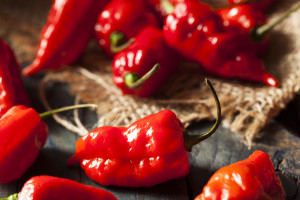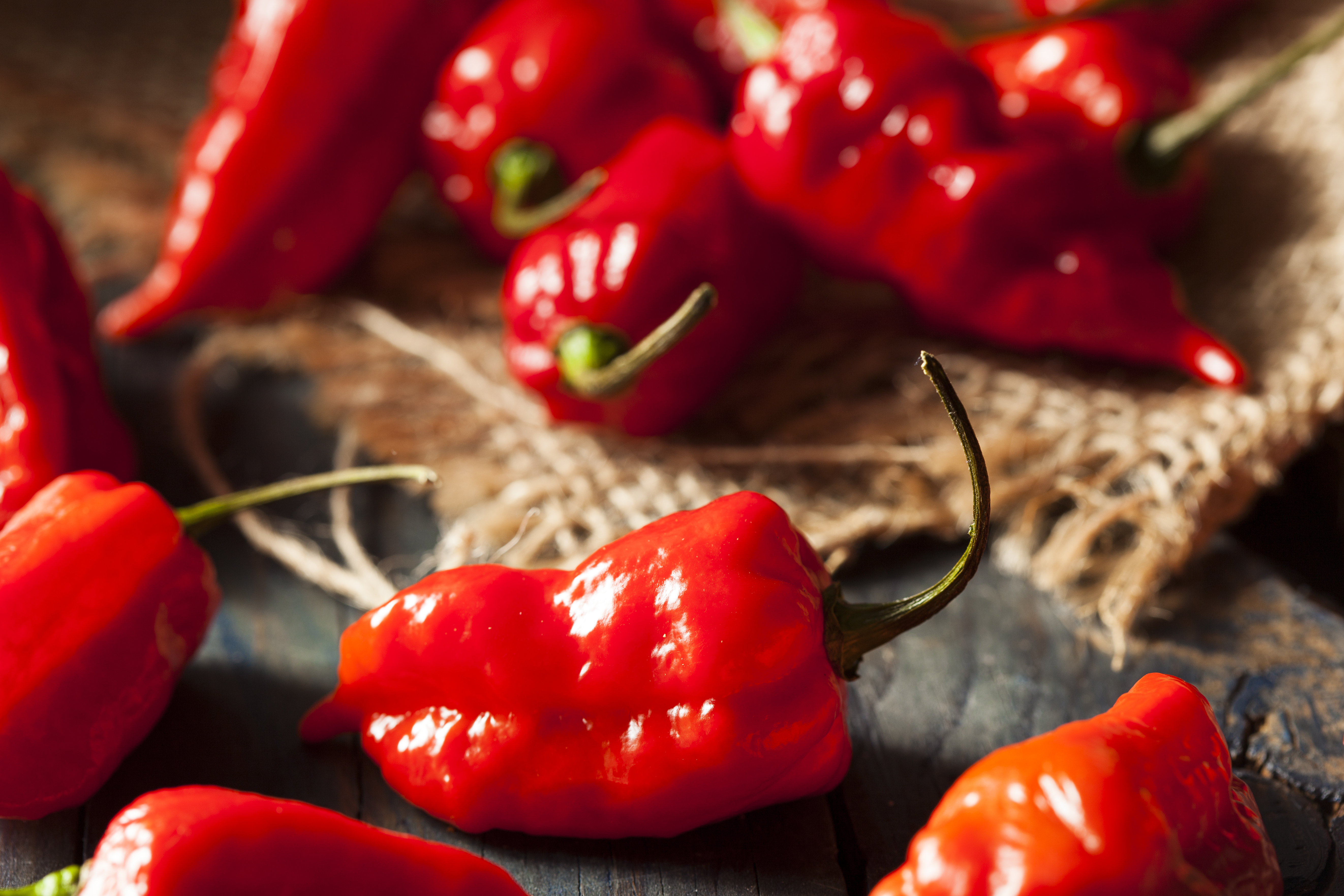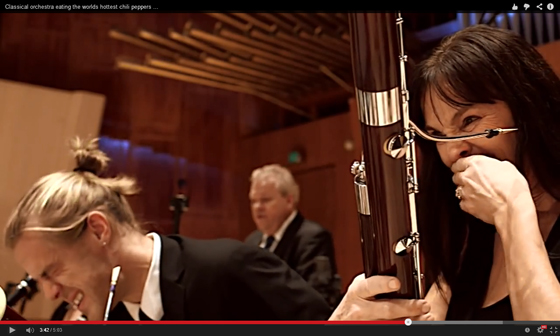 Apparently, the reason superhots make so much more fire than jalapenos or habaneros is because they’re OCD. According to research at the Chile Pepper Institute at New Mexico State University, the main difference between the two groups of chiles is that superhots maximize their interior space. Much like how my roommate in college Tetris’ed everything in the apartment neatly into its own little storage compartment.
Apparently, the reason superhots make so much more fire than jalapenos or habaneros is because they’re OCD. According to research at the Chile Pepper Institute at New Mexico State University, the main difference between the two groups of chiles is that superhots maximize their interior space. Much like how my roommate in college Tetris’ed everything in the apartment neatly into its own little storage compartment.
A pepper’s heat-generating capsaicinoids are located in yellow-colored sacs called vesicles. In most chile peppers, the capsaicinoid vesicles are attached to the fruit’s placenta, where the seeds are located.
Superhot peppers do it differently, according to the research. In them, the sacs are also found on the fruit wall, and in larger quantities. This gives the pepper far more surface area to pack in capsaicinoid vesicles and to turn up the heat. Peter Cooke, with the NMSU Core University Research Resources Laboratory, was able to make the capsaicinoid sacs fluoresce in both jalapeno peppers and Trinidad Moruga Scorpion peppers and then examined the fruit with university’s electron microscope. For the full story, click here.
Latest posts by Mark Masker (see all)
- 2024 Scovie Awards Call for Entries - 07/07/2023
- 2024 Scovie Awards Early Bird Special: 3 Days Left - 06/29/2023
- 2024 Scovie Awards Early Bird Deadline Looms - 06/25/2023










